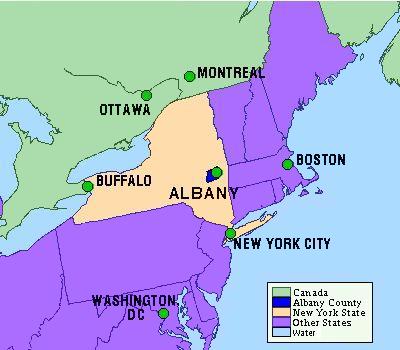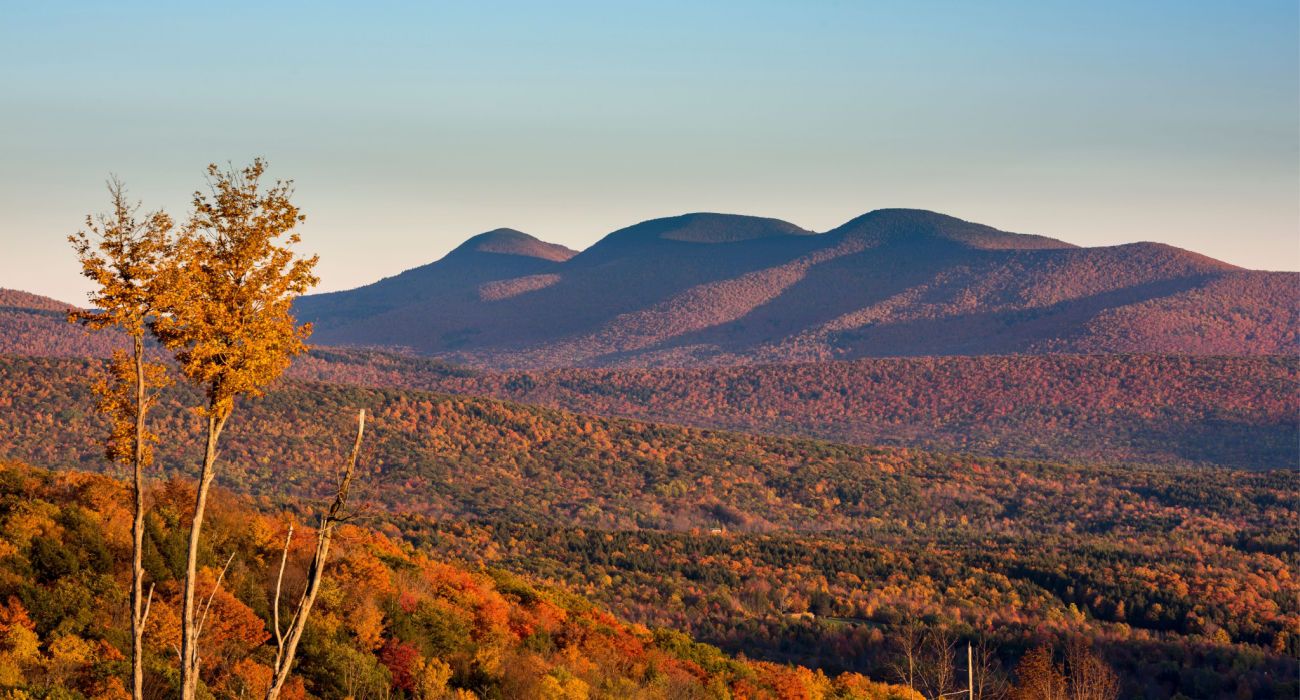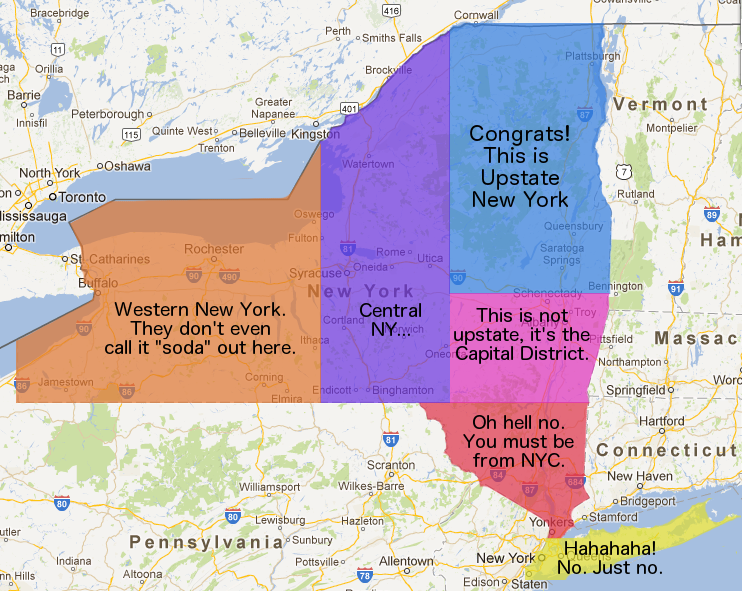Six Nations: Where History and Culture Thrive in Upstate New York
Six Nations: Where History and Culture Thrive in Upstate New York

The rolling hills and verdant valleys of Upstate New York hold more than just breathtaking scenery. Nestled within this picturesque landscape lies a vibrant community steeped in history and tradition: the Six Nations of the Grand River. This sovereign territory, encompassing a sprawling 45,000 acres, is a testament to the resilience and cultural richness of the Haudenosaunee Confederacy, also known as the Iroquois.
A Legacy of Strength and Unity
Related Articles: Six Nations: Where History and Culture Thrive in Upstate New York
- Uncover the Future of Banking: Discover the 2023 Bank Indonesia Calendar Today!
- Beyond The Stereotypes: A Journey Through Colorado’s Tribal Lands
- California’s Native Voices: A Look At Tribes Today
- Uncover the Hidden Gems: Indian Reservations Near Norfolk, Virginia
- Explore the Enchanting World of Indian Reservations Near Houston: Uncover Hidden Gems and Captivating Insights
The Six Nations, comprised of the Mohawk, Oneida, Onondaga, Cayuga, Seneca, and Tuscarora nations, have a long and complex history in the region. Their ancestral lands stretched across vast swathes of present-day New York, Pennsylvania, and Ontario. But, like many indigenous communities, they faced displacement and hardship at the hands of European settlers.
Despite these challenges, the Six Nations persevered, maintaining their cultural identity and traditions. The Haudenosaunee Confederacy, established centuries ago, is a testament to their enduring strength and commitment to unity. This powerful alliance, known for its intricate system of governance and diplomacy, played a crucial role in shaping the history of the region and influencing the development of the United States.
A Glimpse into Haudenosaunee Life
Stepping onto Six Nations territory is like stepping back in time. The vibrant cultural traditions, passed down through generations, are woven into the fabric of daily life. From the intricate beadwork and traditional dances to the captivating storytelling and ceremonies, the Haudenosaunee culture is a captivating tapestry of history, art, and spirituality.
Exploring the Six Nations: A Journey Through Time
Visiting the Six Nations offers a unique opportunity to immerse yourself in this rich cultural heritage. Here are some of the must-see attractions:

The Six Nations Museum: This treasure trove of artifacts, exhibits, and historical documents provides a comprehensive overview of Haudenosaunee history, culture, and traditions.
-
The Grand River Enterprises: The Six Nations are known for their entrepreneurial spirit and economic self-sufficiency. A visit to the Grand River Enterprises showcases the diverse businesses and industries that contribute to the community’s thriving economy.
-
The Six Nations Indian Reserve: The reserve itself is a fascinating destination. Take a leisurely drive through the scenic countryside, stopping at the various communities that make up the Six Nations.
-
The Haudenosaunee Confederacy Council House: This historic building serves as the seat of the Haudenosaunee government. It’s a symbol of the enduring strength and resilience of the Confederacy.

-
The Six Nations Polytechnic: This educational institution provides a vital link to the future for the Haudenosaunee community. It offers a range of programs, from traditional arts and crafts to modern technology and business, ensuring the next generation is equipped with the skills needed to thrive.

Beyond the Tourist Trail: A Deeper Understanding
While the Six Nations offer a wealth of attractions for visitors, it’s important to remember that this is a living, breathing community. To truly appreciate the Six Nations, it’s essential to approach it with respect and an open mind.
-
Respecting the Land: The land is sacred to the Haudenosaunee people. When visiting, be mindful of your surroundings and avoid littering or disturbing the natural environment.
-
Learning from the People: Engaging with the Haudenosaunee people is the best way to gain a deeper understanding of their culture. Be open to listening, learning, and asking questions.
-
Supporting Local Businesses: Patronizing the businesses and industries within the Six Nations helps support the community and its economic well-being.
A Legacy of Resilience
The Six Nations of the Grand River are a testament to the strength and resilience of the Haudenosaunee people. They have overcome immense challenges, preserving their culture and traditions while embracing the future. Visiting the Six Nations is not just a trip; it’s a journey through time, a chance to learn from a rich and vibrant culture, and a reminder of the enduring power of community and tradition.
FAQ
Q: What is the best time to visit the Six Nations?
A: The Six Nations are a year-round destination, but the best time to visit is during the summer months when the weather is pleasant and there are plenty of outdoor activities to enjoy.
Q: How do I get to the Six Nations?
A: The Six Nations are located in Ontario, Canada, and can be accessed by car, bus, or train. The nearest major airport is John C. Munro Hamilton International Airport.
Q: Are there any accommodation options within the Six Nations?
A: Yes, there are several hotels, motels, and bed and breakfasts located within the Six Nations.
Q: What are some of the cultural events that take place on the Six Nations?
A: The Six Nations host a variety of cultural events throughout the year, including powwows, traditional dances, and ceremonies.
Q: How can I learn more about the Haudenosaunee Confederacy?
A: The Six Nations Museum, the Haudenosaunee Confederacy Council House, and the Six Nations Polytechnic all offer resources and information about the Haudenosaunee Confederacy.
Q: How can I support the Six Nations community?
A: You can support the Six Nations community by patronizing local businesses, attending cultural events, and donating to organizations that support Haudenosaunee education and cultural preservation.
Q: Is it appropriate to take photos of people on the Six Nations?
A: It’s always best to ask for permission before taking photos of people, especially during cultural events or ceremonies.
Q: How can I learn more about the history of the Six Nations?
A: There are many resources available online and in libraries that provide information about the history of the Six Nations. The Six Nations Museum is also a great source of information.
Q: What are some of the challenges facing the Six Nations today?
A: The Six Nations face a number of challenges, including poverty, unemployment, and lack of access to quality healthcare and education.
Q: How can I help address these challenges?
A: You can help address these challenges by supporting organizations that work to improve the lives of people living on the Six Nations. You can also educate yourself about the issues facing the Six Nations and advocate for change.
Q: What are some of the success stories of the Six Nations?
A: The Six Nations have a number of success stories, including the development of thriving businesses and industries, the establishment of a successful educational institution, and the preservation of their rich cultural heritage.
Q: What is the future of the Six Nations?
A: The future of the Six Nations is bright. The community is committed to preserving its culture and traditions while embracing the opportunities of the 21st century. The Six Nations are poised to continue to thrive and play a vital role in the region for generations to come.

Closure
Thus, we hope this article has provided valuable insights into Six Nations: Where History and Culture Thrive in Upstate New York. We hope you find this article informative and beneficial. See you in our next article!